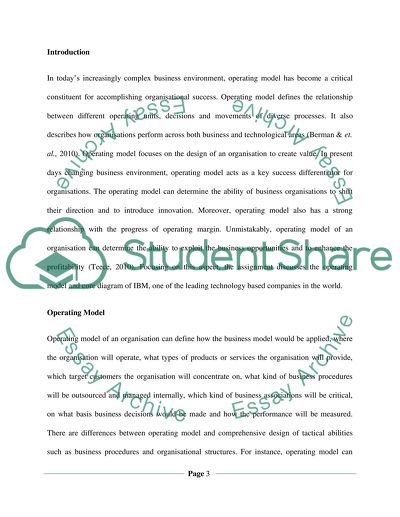Cite this document
(“Evaluate A Companys Foundation for Execution Assignment”, n.d.)
Evaluate A Companys Foundation for Execution Assignment. Retrieved from https://studentshare.org/information-technology/1486403-evaluate-a-companys-foundation-for-execution
Evaluate A Companys Foundation for Execution Assignment. Retrieved from https://studentshare.org/information-technology/1486403-evaluate-a-companys-foundation-for-execution
(Evaluate A Companys Foundation for Execution Assignment)
Evaluate A Companys Foundation for Execution Assignment. https://studentshare.org/information-technology/1486403-evaluate-a-companys-foundation-for-execution.
Evaluate A Companys Foundation for Execution Assignment. https://studentshare.org/information-technology/1486403-evaluate-a-companys-foundation-for-execution.
“Evaluate A Companys Foundation for Execution Assignment”, n.d. https://studentshare.org/information-technology/1486403-evaluate-a-companys-foundation-for-execution.


